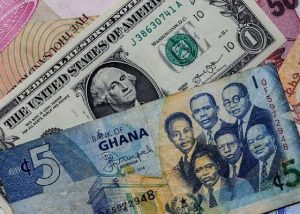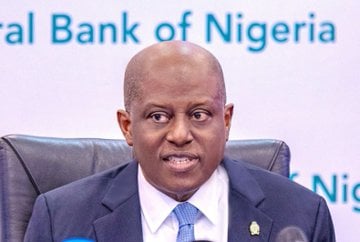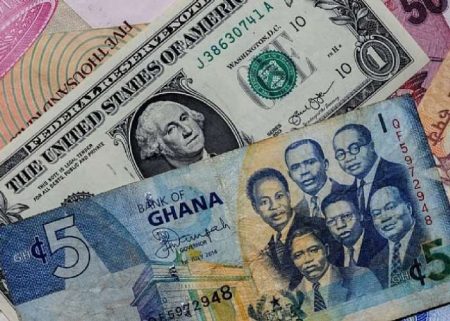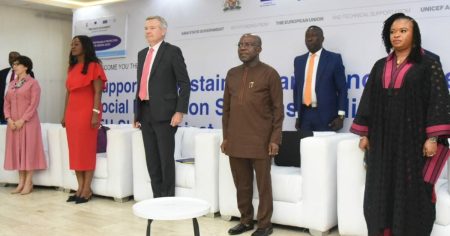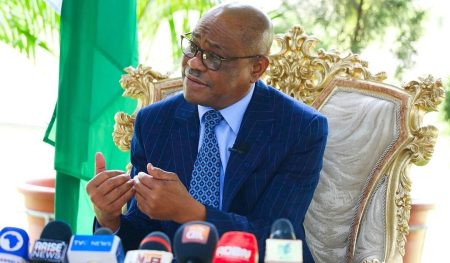Paragraph 1: The Central Bank of Nigeria (CBN) has initiated a shift in its monetary policy stance, opting to reduce the benchmark interest rate, known as the Monetary Policy Rate (MPR), for the first time in 2025. The decision, announced by CBN Governor Olayemi Cardoso, marks the end of a period of sustained rate hikes throughout 2024 followed by three consecutive pauses earlier in 2025. The MPR was lowered by 50 basis points to 27.00%, a significant move considering the previous upward trajectory. This decision reflects the CBN’s evolving assessment of the Nigerian economy and its attempt to balance the need to control inflation with the imperative to stimulate economic growth. The reduction, the first since September 2020, signals a cautious optimism about the trajectory of inflation and a desire to foster economic recovery.
Paragraph 2: The rationale behind the rate cut is multifaceted but predominantly driven by the observed trend of decreasing inflation. For the past five months, Nigeria has witnessed a consistent deceleration in the rate of inflation, offering a window of opportunity for the CBN to adjust its monetary policy. This disinflationary trend is evident in the slowing of both headline and core inflation. Headline inflation, which reflects the overall increase in the prices of goods and services, fell to 20.12% in August from 21.88% in July. Similarly, core inflation, which excludes volatile food and energy prices, eased to 20.33% from 21.33% over the same period. The CBN expects this disinflationary momentum to continue throughout the remainder of 2025, which informed their decision to ease monetary policy.
Paragraph 3: Beyond the encouraging inflation data, the CBN also considered other macroeconomic indicators in its decision-making process. Nigeria’s Gross Domestic Product (GDP) recorded a robust growth of 4.23% in the second quarter of 2025, a marked improvement from the 3.13% growth in the first quarter. This growth was largely fueled by a resurgence in the oil sector, which expanded by an impressive 20.46% compared to a meager 1.87% in the preceding quarter. This rebound in oil production, attributed in part to improved security in oil-producing regions, has had positive ripple effects on Nigeria’s external reserves and foreign exchange stability. The country’s external reserves increased to $43.05 billion by September 11, 2025, providing a comfortable import cover of 8.28 months. Furthermore, the current account balance recorded a surplus of $5.28 billion in the second quarter, strengthening the country’s external economic position.
Paragraph 4: Despite the positive economic indicators, the CBN remains cautious about the potential for excess liquidity in the banking system. Fiscal releases coupled with the easing of monetary policy could contribute to an undesirable surge in liquidity, potentially fueling inflation and undermining the effectiveness of monetary policy. To address this concern, the CBN has implemented several measures aimed at absorbing excess liquidity and strengthening the transmission mechanism of monetary policy. These measures include an increase in the Cash Reserve Requirement (CRR) for commercial banks to 45%, while maintaining the CRR for merchant banks at 16%. Additionally, the CBN introduced a 75% CRR on public sector deposits held outside the Treasury Single Account (TSA), a move designed to further control liquidity. The Liquidity Ratio, however, was left unchanged at 30%.
Paragraph 5: The CBN’s actions also reflect broader trends in monetary policy across the African continent. Several other central banks have begun to ease interest rates in response to moderating inflation. Ghana recently reduced its policy rate by a substantial 350 basis points to 21.5%, while Kenya trimmed its benchmark rate to 9.5% earlier. Nigeria’s decision to lower its MPR to 27%, while still the highest among its peers, aligns with this continental shift towards looser monetary policy. This convergence suggests a shared optimism about the inflation outlook across Africa and a willingness to prioritize economic growth. However, the relatively high level of Nigeria’s MPR underscores the country’s continuing struggle with inflationary pressures compared to other African economies.
Paragraph 6: Looking ahead, the CBN anticipates a continued decline in inflation, supported by factors such as exchange rate stability, decreasing fuel prices, and the anticipated positive impact of the harvest season on food prices. The committee also highlighted the resilience of the Nigerian banking sector, noting that 14 banks have already met the new recapitalisation requirements, with key financial soundness indicators remaining within prudential benchmarks. This underscores the overall stability and health of the financial sector, providing further confidence in the economy’s ability to withstand potential shocks. The next MPC meeting, scheduled for November 24 and 25, 2025, will provide an opportunity to reassess the impact of the recent policy changes and make further adjustments as needed. The CBN’s decision to cut rates is a carefully calibrated move, balancing the need to control inflation with the imperative to support economic recovery. The effectiveness of this policy shift will be closely monitored in the coming months, with subsequent policy adjustments likely depending on evolving economic conditions.



